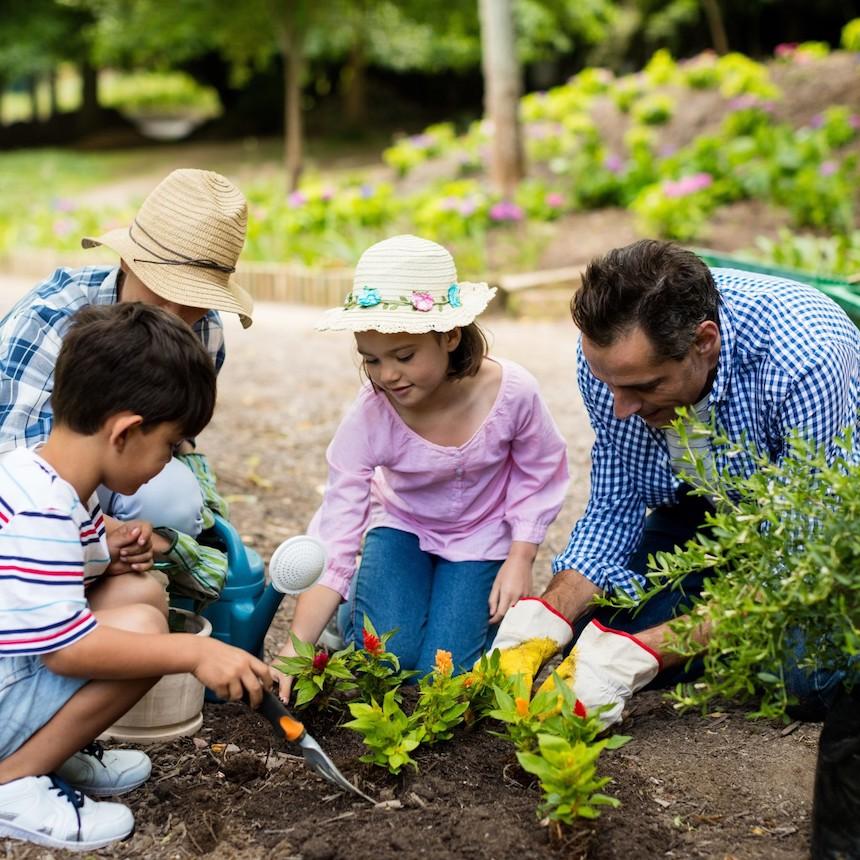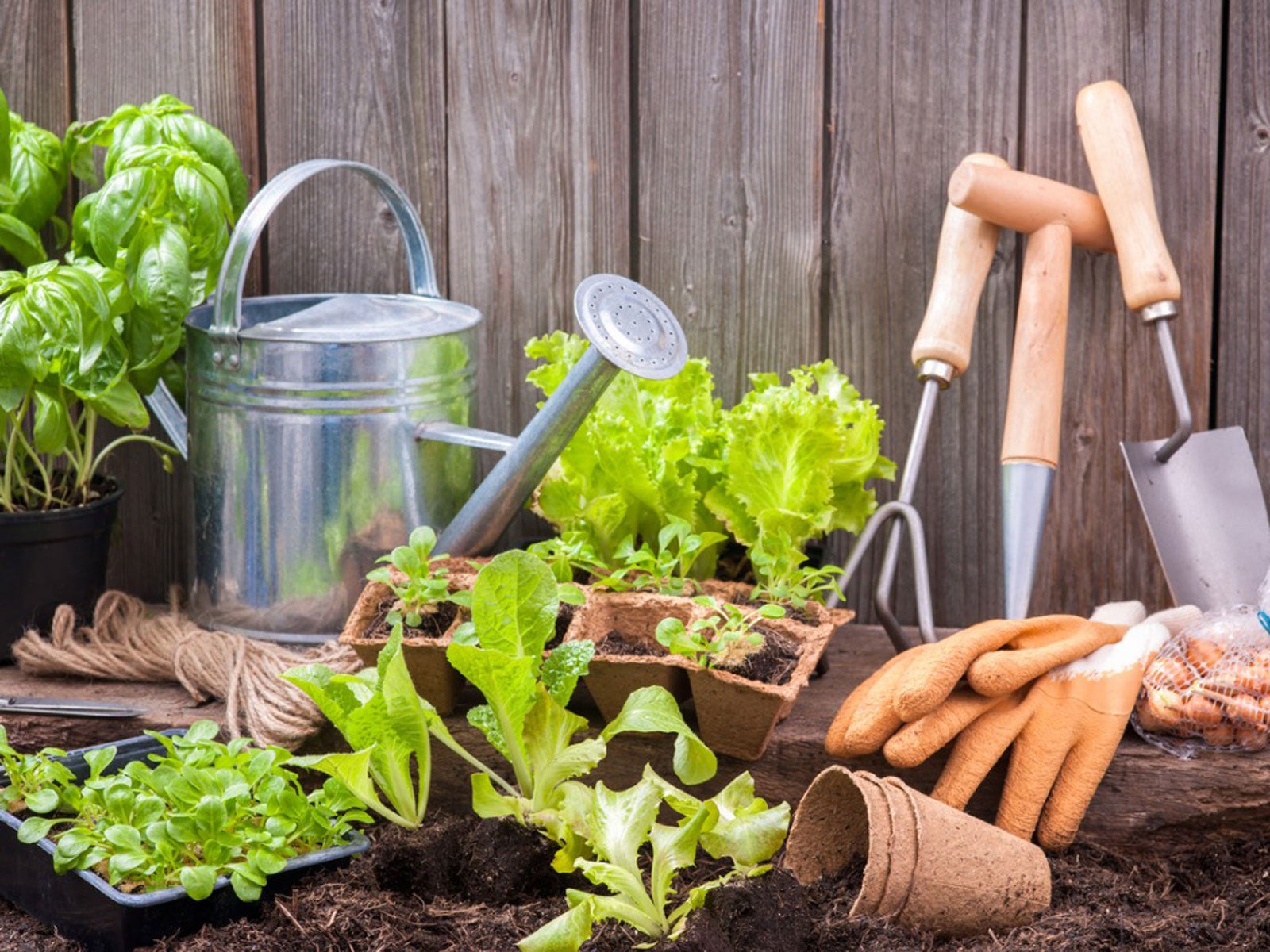Discover the Most Reliable Gardening Tips for Organic Vegetable Gardening
Discover the Most Reliable Gardening Tips for Organic Vegetable Gardening
Blog Article
Expert Gardening Tips for Producing a Lasting and Eco-Friendly Yard
Beginning on the trip to produce a environment-friendly and sustainable garden involves a series of calculated choices and practices that not just boost the beauty of your room yet additionally contribute positively to the setting. By choosing native plants that are appropriate to your region, you can reduce reliance on chemical fertilizers and pesticides while giving necessary support to regional wildlife. In addition, incorporating water preservation techniques and natural gardening methods plays a critical role in keeping a healthy ecosystem. To reveal more practical techniques and expert insights, let us explore the crucial elements that define an eco aware garden.
Choose Indigenous Plants
Choosing native plants for your yard is a basic action towards attaining sustainability. Indigenous plants are naturally adjusted to the regional climate and dirt problems, making them more resistant to local pests and diseases. This minimizes the requirement for chemical pesticides and plant foods, thus reducing environmental impact. In addition, indigenous plants commonly call for less water when developed, adding to more efficient water usage.
Past their practical advantages, indigenous plants play an essential role in supporting regional biodiversity. They provide important environment and food resources for native wildlife, including pollinators such as bees, birds, and butterflies. This promotes a balanced ecosystem, which is essential for the health of your garden and the surrounding setting.

Implement Water Conservation
Applying water preservation strategies is crucial for keeping a sustainable garden. Reliable water usage not just lowers the environmental influence yet additionally guarantees that plants obtain appropriate hydration without waste. One reliable technique is to utilize drip irrigation systems, which provide water directly to the plant origins, lowering evaporation and overflow. This targeted method can substantially reduce water usage contrasted to traditional lawn sprinklers.
Furthermore, mulching is a beneficial method for saving water. By using a layer of natural mulch, such as wood chips or straw, around the base of plants, garden enthusiasts can minimize soil evaporation and keep regular wetness levels. Compost additionally aids regulate dirt temperature and subdues weed growth, further adding to plant health.
Rain harvesting is an additional lasting approach. Installing rain barrels or various other collection systems permits gardeners to record and save rainwater, which can later on be utilized during dry durations. This not only saves municipal water yet likewise offers a natural, chemical-free source for watering.
Finally, picking drought-tolerant plant varieties can significantly lower water demands. These plants are adjusted to prosper in low-water problems, making them optimal for environmentally friendly yards. gardening tips. Executing these water conservation approaches will certainly promote a resistant, important source lasting yard
Use Organic Gardening Techniques

Pest monitoring in an organic yard counts on integrated insect administration (IPM) techniques. These include encouraging useful bugs, making use of natural predators like lacewings and ladybugs, and applying plant rotation to disrupt pest life cycles. Buddy growing, where certain plants are grown with each other to drive away bugs or draw in helpful insects, is one more effective method.
Weed control is handled with mulching and manual elimination, instead of relying on herbicides. Compost not only reduces weeds but additionally preserves moisture and boosts dirt health as it breaks down. Organic composts, such as straw, wood chips, and leaves, are especially useful.
Develop Wild Animals Habitats
Creating wild look at here animals habitats within your yard not just enhances biodiversity yet likewise supports the ecosystem's equilibrium. Deliberately spaces that bring in and sustain neighborhood fauna, you can develop a flourishing micro-ecosystem that benefits both plants and pets. Beginning by including native plants, as these are fit to your local climate and offer important food and sanctuary for wild animals. Native plants supports a series of insects, birds, and tiny mammals, adding to the environmental network.
Consider adding a water attribute, such as a pond or birdbath, to offer a constant water source. Water components draw in a selection of types, from amphibians to pollinators, enhancing the yard's vigor. Furthermore, installing birdhouses, bat boxes, and insect hotels offers safe nesting websites and motivates biodiversity.
Leave some locations of your yard undisturbed, permitting fallen leave trash and fallen branches to collect. By prioritizing these lasting techniques, your yard can become a shelter for neighborhood wild animals, advertising ecological health and sustainability.
Technique Composting and Mulching
An essential facet of sustainable horticulture, composting and mulching, significantly boosts dirt wellness and minimizes waste. Composting entails recycling organic products such as kitchen scraps, lawn trimmings, and leaves. These products decompose to develop nutrient-rich garden compost, which functions as a natural fertilizer. Unlike artificial plant foods, garden compost enriches the soil with crucial nutrients and useful microbes, cultivating a much healthier garden environment.
Mulching, on the other hand, entails covering the soil surface with organic or not natural products, such as straw, wood chips, or shredded fallen leaves. This technique offers several benefits: it saves dirt wetness, reduces weed the original source growth, and moderates soil temperature level. Compost likewise slowly breaks down, including natural matter to the soil and additional improving its fertility.
To practice efficient composting, ensure your garden compost heap has a balance of environment-friendly products (abundant in nitrogen) and brownish products (abundant in carbon), preserving adequate oygenation and wetness. gardening tips. Routinely transforming the pile increases decay. For mulching, use a 2-3 inch layer around plants, ensuring it does not straight get in touch with stems or trunks to protect against rot
Verdict

Picking indigenous plants for your garden is a fundamental step towards achieving sustainability.Furthermore, integrating indigenous plants can boost the aesthetic allure of your garden. These plants are adapted to prosper in low-water problems, making them optimal for environment-friendly gardens. Carrying out these water preservation approaches will certainly cultivate a resistant, sustainable yard.
In verdict, establishing a eco-friendly and lasting garden entails the critical choice of native plants, the adoption of water preservation methods, and the application of natural gardening methods.
Report this page